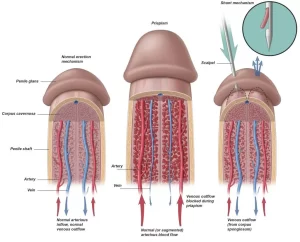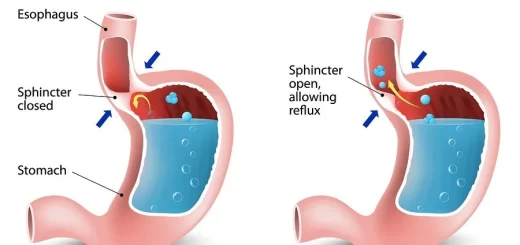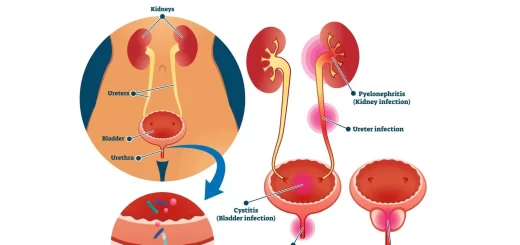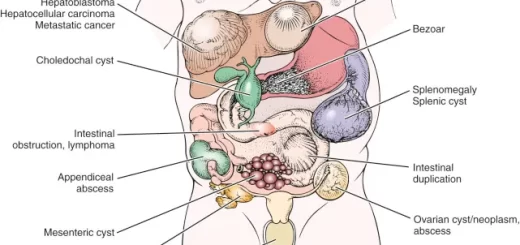Priapism Symptoms, Diagnosis, Treatment, Which drugs cause Priapism? How do you fix priapism?
Priapism is a condition that causes a prolonged erection of the penis that is not caused by sexual stimulation and can last for hours. It can be a painful condition and requires immediate medical attention to prevent permanent damage to the penis.
Priapism
Priapism is the persistent, painful erection of the penis for more than four hours, not accompanied by sexual stimulation. It affects the corpora cavernosa but not the corpus spongiosum.
If a patient suffers persistent erection for 4 hours he must seek emergency medical evaluation. Early diagnosis and treatment of priapism can help prevent permanent damage to the penis.
Treatment for priapism will depend on the type and cause of priapism. Treatment for ischemic priapism typically involves draining the blood from the penis using a needle or surgery. Treatment for nonischemic priapism may involve medications or surgery.
Types of Priapism
1. Non-ischemic priapism, also known as high-flow priapism, occurs when penile blood flow isn’t regulated appropriately. Nonischemic priapism is a less common type of priapism. It occurs when blood flow to the penis is not blocked, but there is a problem with the veins that drain blood out of the penis, This type of priapism is usually not painful. Signs and symptoms include:
- History of pelvic trauma.
- Erection lasting more than four hours or unrelated to sexual interest or stimulation.
- Erect but not fully rigid penile shaft.
- The pain is not severe.
2. Ischemic priapism, also called low-flow priapism, is the result of blood not being able to leave the penis. Ischemic priapism is the most common type of priapism, It is a medical emergency, accounting for about 90% of cases, It occurs when blood flow to the penis is blocked and blood cannot drain out of the penis. This can lead to tissue damage and erectile dysfunction (impotence) if not treated promptly. Signs and symptoms include:
- Erection lasting more than four hours or unrelated to sexual interest or stimulation
- Rigid penile shaft.
- Progressive penile pain.
3. Stuttering priapism: recurrent attacks of priapism e.g. sickle cell anemia.
Causes of priapism
The exact cause of priapism is often unknown, but several things can increase your risk, including:
- Idiopathic: is the most common cause.
- Blood Diseases: sickle cell disease, leukemia, thalassemia, multiple myeloma, and other medical conditions such as some neurologic disorders.
- Medications: cocaine, psychotropics, anticonvulsants, anticoagulants, recreational drugs, and hyperalimentation therapy.
- Post-traumatic (high flow).
- Post injection of vasodilators intracavernosally in improper dosage.
- Secondary to pelvic malignancy e.g. prostate cancer.
- Use of certain medications, such as erectile dysfunction medications, antidepressants, blood thinners, and some antipsychotic medications.
- Alcohol and drug use.
- Injury to the penis, pelvis, or groin.
- Illegal drugs, such as cocaine and marijuana.
Symptoms of priapism can include:
- An erection that lasts for more than four hours.
- Pain in the penis.
- A bruised or bluish color to the penis.
Diagnosis tests
Aim: to differentiate between the low flow or the ischemic type which is an emergency and the high flow or the non-ischemic type.
Treatment of Priapism
Priapism is one of the urological emergencies, if treatment is delayed; tissue damage might occur leading to fibrosis and future erectile dysfunction.
Ischemic priapism
1. First line:
a. Aspiration of the trapped blood from the corpora cavernosa with the intracavernosal injection of sympathomimetic drugs e.g. Phenylephrine, ephedrine.
2. Second line:
Shunt procedures between the corpora cavernosa (which are filled with trapped blood) and the corpus spongiosum.
Non Ischemic priapism
- It is not an emergency.
- Follow up for spontaneous resolution of arterio-venous fistula.
- Angioembolisation of arterio-venous fistula.
You can subscribe to Science online on YouTube from this link: Science Online
You can download Science Online application on Google Play from this link: Science Online Apps on Google Play
Benign prostatic hyperplasia (BPH), TRUS biopsy, Prostate disease symptoms and treatment
Enlarged prostate symptoms, Prostatic artery embolization (PAE) importance and risks
Prostate function, structure, lobes, Benign enlargement of prostate and malignant prostatic tumor
Nephroblastoma (Wilm’s tumor), Risk factors of Urothelial tumors (Tumors of transitional epithelium)
Urinary bladder structure, function, Control of micturition by Brain, and Voluntary micturition
Urinary system structure, function, anatomy, organs, Blood supply, and Importance of renal fascia
Histological structure of kidneys, Uriniferous tubules, and Types of nephrons




